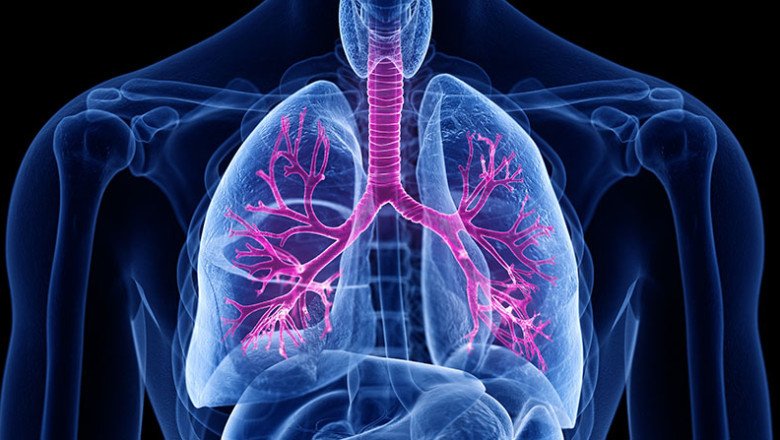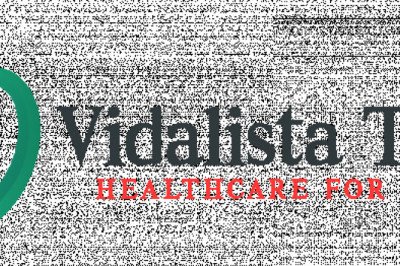
views
Current Treatment Options for Pulmonary Edema Therapeutics
Fluid Removal from Lungs
The primary treatment goal for pulmonary edema is the removal of excess fluid from the lungs so that the patient can breathe more easily. This is typically achieved through the use of diuretics, which help increase urine output and remove sodium and water from the body. Common diuretics prescribed for pulmonary edema include furosemide, bumetanide, torsemide and ethacrynic acid. Diuretics work by inhibiting sodium reabsorption in the kidneys, helping drive fluid out of the lungs and into the urine. Oxygen therapy may also be provided to help improve oxygen levels.
Afterload Reduction
For patients with Pulmonary Edema Therapeutics caused by left heart failure, afterload reduction therapy aims to decrease the workload on the left ventricle of the heart. This helps it pump more efficiently and removes some of the back-pressure causing fluid build-up in the lungs. Vasodilators such as nitrates, hydralazine and angiotensin-converting enzyme (ACE) inhibitors are often used for afterload reduction. Nitrates work by dilating blood vessels to lower blood pressure, while ACE inhibitors block the conversion of angiotensin I to angiotensin II to relax vessels.
Inotropic Support
For some patients with severe pulmonary edema caused by weakened heart function, inotropic drugs may be administered to help strengthen cardiac contractility and output. This promotes more efficient fluid removal from the lungs. Common inotropic agents include dobutamine, milrinone and phosphodiesterase inhibitors. Dobutamine and milrinone act as sympathomimetic amines to stimulate beta-adrenergic receptors in the heart muscle.
Respiratory Support
In severe cases where fluid removal is inadequate, ventilator support may be needed to assist or replace spontaneous breathing. Mechanical ventilation allows for positive pressure to be applied with each breath to adequately oxygenate the blood and "squeeze" fluid out of the airspaces in the lungs. Non-invasive techniques like continuous positive airway pressure (CPAP) and bilevel positive airway pressure (BiPAP) can also help increase oxygen levels and keep airways open without needing intubation.
Other Strategies
Other adjunctive therapies for pulmonary edema management may include corticosteroids to reduce inflammation, plasma exchange/dialysis to directly filter fluid from circulation, and surgery in rare cases to repair structural heart issues causing recurrent fluid backup into the lungs. Continuous monitoring of fluid status, oxygenation levels and cardiac function is also important to guide treatment and watch for complications. Overall, a multidisciplinary approach is typically needed for optimal pulmonary edema management.
Research Areas & Pulmonary Edema Therapeutics
While current treatment strategies are reasonably effective for most pulmonary edema cases, ongoing research continues in several therapeutic areas. Studies aim to develop faster-acting and more targeted diuretics and vasodilators.
In Summary, cell- and gene-based regeneration therapies also show promise to help strengthen weakened heart muscle over time. Other areas of interest include anti-inflammatory drugs to reduce edema formation, aquaporin inhibitors to block excess fluid filtration into lungs, and biomarkers to more accurately assess pulmonary congestion in real-time. With advancements, future pulmonary edema treatments may become more precisely personalized based on individual patient factors. Overall, ongoing research focused on prevention and new therapeutic targets holds hope to improve outcomes for this serious lung condition.
Get More Insights On, Pulmonary Edema TherapeuticsAbout Author:
Money Singh is a seasoned content writer with over four years of experience in the market research sector. Her expertise spans various industries, including food and beverages, biotechnology, chemical and materials, defense and aerospace, consumer goods, etc. (https://www.linkedin.com/in/money-singh-590844163)












Comments
0 comment